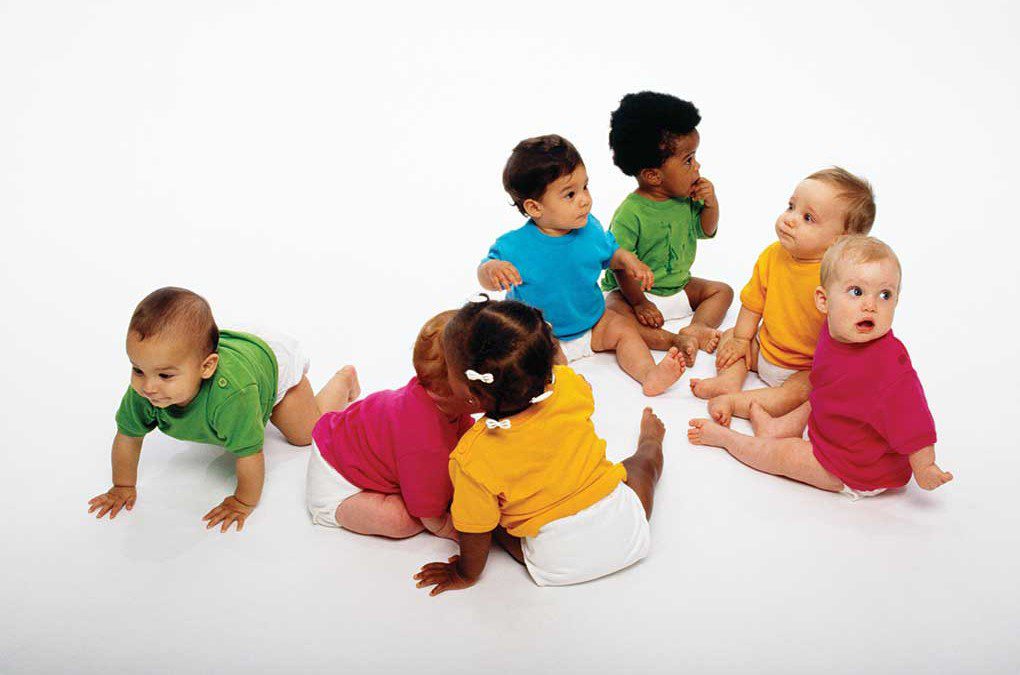Better Hearing Blog

Not all Eyes and Ears

Distance Cousins
We know that the senses work together in ways that help our brains discern what is going on around us. For instance, the eyes and ears often work in tandem to help us calculate the position of an object in our visual field. Because light travels faster than sound, our brains take note of the delay between the time that light from a distant object enters our eyes and its sound enters our ears in order to calculate distance. With this in mind, researchers recently conducted experiments that showed that our brains can recognize sound delays as small as 42 milliseconds. All this happens without our conscious awareness when we gauge the distance of any far object that emits sound.
Hearing loss is a common health condition that affects nearly 50 million Americans. But contrary to popular belief, hearing loss doesn’t just affect the elderly. A study published in The Archives of Internal Medicine found that 1 in 5 Americans age 12 and older have hearing loss severe enough to adversely impact communication. To schedule a hearing assessment, please call BETTER HEARING CENTER. Let us help you get back to the world of hearing at New Hampshire’s premier hearing care provider.
P.S. For every five seconds between seeing a flash of lightning and hearing the sound of its thunder, there is a one mile distance between you and the lightning.

From One Side to the Other
The hearing-instrument technology known as Contralateral Routing of Signal (CROS) is designed for individuals with unilateral (one-sided) hearing. This feature utilizes a microphone in an instrument worn in the user’s non-hearing ear to pick up sound, which is transmitted to a hearing instrument in the user’s better ear (that receives no amplification). Best suited to those with no hearing ability in one ear and normal hearing ability in the other, this technology enables these users to better detect sounds coming from their deaf side. As a result, CROS users may get added clues about sound location. BiCROS technology is for users with little or no hearing on one side and some hearing loss in their better ear.
BETTER HEARING CENTER offers a full range of diagnostic and hearing-loss prevention services, hearing instruments and assistive devices and continues the tradition of better hearing through education, technology, and customer service. For more information, please call us today. New Hampshire’s premier hearing care provider, we are the only hearing center that has served the Concord area for over 50 years. New Hampshire’s premier hearing care provider.
P.S. BiCROS technology makes use of a fully capable hearing instrument that amplifies sound in the good ear while also receiving sound transmitted from the other side.

Good News, Better News
While children with mild to severe hearing loss are challenged with poorer language development than their hearing peers, fitting these youngsters with hearing instruments helps them overcome these deficits. According to a first-of-its-kind, large-scale study involving children ranging in age from six months to seven years old who experienced mild to severe hearing loss, those fitted early with hearing instruments were able to “catch up or significantly close the gaps with their hearing peers.” The earlier the children were provided hearing instruments, and the more consistently they wore them, the better able they were to take advantage of the rich linguistic environment around them and better develop the language skills needed for learning, speech, and socialization.
If you believe your child has a hearing loss, it’s important to begin intervention as quickly as possible. Even a few months can be a major delay when it comes to the rapidly changing brain of a child. Studies show that early intervention can help improve language development, increase academic success and enhance lifetime opportunities. To schedule a hearing assessment, please call BETTER HEARING CENTER. We are New Hampshire’s premier hearing care provider.
P.S. It is important to note that three-quarters of the children with hearing loss in the study mentioned above were identified through newborn hearing screenings.

Noise Affects Some More Than Others
While the best way to prevent hearing loss is to limit exposure to loud noise, researchers are beginning to find that some people may be more prone to noise-induced “sensorineural” (nerve-related) hearing loss than others. Thist ype of hearing loss involves irreparable damage to tiny “hair cells” in the inner ear, which convert sound vibrations into nerve impulses and transmit them to the brain. When researchers performed audiometric tests on individuals with a mutation in the gene responsible for an auditory protein called “pejvakin,” they found that people with damaged pejvakin were more susceptible to noise-induced hearing loss even when exposed to seemingly harmless sounds. This research suggests a possible genetic component in noise-induced early-onset sensorineural hearing loss.
Prolonged exposure to noise causes damage to the hair cells in the cochlea and can result in permanent hearing loss. Noise-induced hearing loss usually develops gradually and painlessly. Hearing loss can also occur as a result of an acoustic trauma, or a single exposure or very few exposures to very high levels of sound. To schedule a hearing exam, please call BETTER HEARING CENTER. New Hampshire’s premier hearing care provider.
P.S. The research described above provides further reason to protect the ears from unnecessary noise, regardless of how loud it is.

Positive Feedback
If you are considering the use of a hearing instrument, you might be interested in what other consumers have to say about their experiences. According to the latest MarkeTrak survey released by the Better Hearing Institute (published in June 2015), more than four in five survey respondents (81 percent) indicated that they were satisfied with their hearing instruments. This response confirms the notion that hearing instruments are positively affecting their relationships, work performance, general ability to communicate, overall quality of life, and ability to participate in group activities. It is also worth noting that, while those aged 65 and older are most likely to use a hearing instrument, individuals aged 35 and under with hearing impairments are not far behind. (You can find the full report here.)
Whether you are interested in reliable, easy-to-wear solutions at an affordable price, or in need of top-of-the-line hearing support, BETTER HEARING CENTER is a name you can trust for all your hearing needs. New Hampshire’s premier hearing care provider, we are the only hearing center that has served the Concord area for over 50 years. Our goal is to provide you with everything you need to know to make the right decisions for your hearing health.
P.S. The MarkeTrak IX survey mentioned above also found that most individuals with hearing difficulty have a “bilateral loss” (74%), which means they experience hearing loss in both ears that is best corrected by wearing an instrument in each ear.
